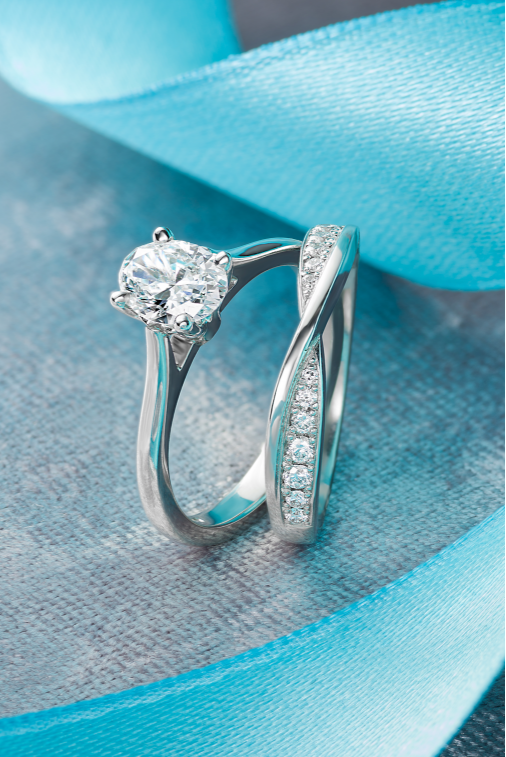
Finding the perfect diamond
The “perfect” diamond doesn't exist, let's get that out of the way. Diamonds come in all shapes, sizes, cuts and colours, just like us. There's no one-size-fits-all answer, but we're here to help make things a little clearer for you.
Everyone likes different things, it's what makes us human. Someone's “perfect” diamond might be someone else's worst nightmare, and that's okay! What we can promise is that all of our diamonds are of the highest quality, personally certified by Mitch himself.
It's our job to help you narrow down your choice. That's why we refer to the 4 Cs - cut, colour, clarity and carat - all of which work together to produce the perfect diamond. It's important to note that the 4 Cs are a guide, not a shopping list; don't get too hung up on them, let us be your diamond broker.
The
Stone
“Natural” gemstones are formed under the pressure of the Earth's crust over millions of years.
These are the gemstones that have adorned engagement rings for generations.
NextThe Cut
The cut of diamond that you choose affects the overall aesthetic of the ring, and is the only thing that's not determined by nature. The cut of your diamond should be immaculate, without compromise.
If cut poorly, your diamond won't sparkle the same. Too deep or too shallow a cut and the light won't reflect as well as it could, making all other characteristics obsolete.
The
Colour
Ironically, the rarest and most valuable diamond colours (grades D, E and F) are actually deemed “colourless”. The further down the scale you go, the more apparent the colour becomes. A better question to ask is often, “which stone looks the brightest?”
The stone's brightness makes a difference to the finished piece and is a far more visible aspect than, say, clarity. So, unless you're looking for a specific colour, try to stay as close to colourless as you can.
NextThe
Clarity
It's very easy to get hung up on the clarity of a diamond. However, sometimes clarity isn't all that important.
Naturally, a flawless stone will give a better sparkle, but perfection comes at a price. Remember that a diamond doesn't have to be perfect to be wonderful. We always encourage you to examine a diamond through a jeweller's loupe. You'll be able to see where the naturally occurring inclusions are and make a decision based on the merits of the individual diamond, not just the statistics.
Of course, we don't advocate that you settle for anything riddled with black marks throughout. But a good SI1… if you love it, it sparkles, and there are no inclusions visible to the naked eye, why not?
FL (flawless) and IF (internally flawless) diamonds are the cream of the crop. They are the rarest and most valuable of all diamonds, and for good reason - they're immaculate!
Any flaws will only be noticeable to trained professionals under serious magnification, so choosing a FL/IF diamond is the best way to ensure that your new jewellery is as clear as it can be.
The VVS1/2 (very very slightly included) spectrum of diamonds are as close to perfect as you can get without actually being flawless.
VVS1 diamonds have flaws that are not visible at all under 10x magnification, which is the standard magnification of a jeweller's loupe.
VVS2 diamonds have inclusions that are just barely visible under 10x magnification. Despite being visible, you'd never notice them with the naked eye, and even experienced jewellers may struggle to locate them, so VVS diamonds are another great choice on a slightly lower budget.
VS1/2 (very slightly included) diamonds do have minor imperfections, but nothing you'd be able to see without magnification.
VS1 inclusions would be just about visible under 10x magnification, and can often be hard to locate (but definitely visible).
VS2 inclusions are a little bit more obvious, and would be relatively easy to find under 10x magnification. This means that there are relatively large imperfections, but they shouldn't impact your enjoyment of your diamond (unless you're viewing it under a loupe!).
Slightly included (SI1 & 2) diamonds have inclusions that are obvious under a jeweller's loupe.
For SI1 diamonds, the inclusions are usually invisible to the naked eye unless you've got a step cut diamond such as Asscher or Emerald cuts. For these diamonds, you may be able to see small inclusions when looking at the diamond.
SI2 diamonds have inclusions that are quite likely to be visible to the naked eye, especially in the aforementioned cuts. They're also very obvious under a jeweller's loupe. A good budget option.
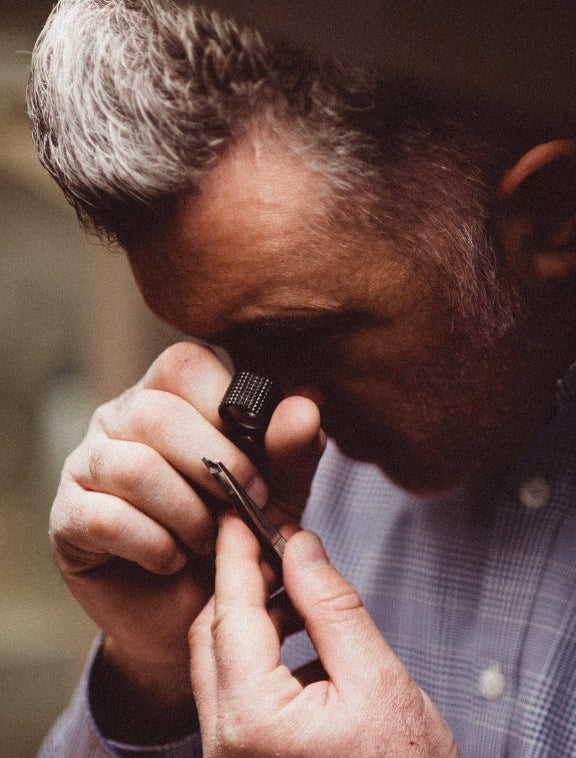
The
Carat
The size of a diamond (if it's cut well) is determined by its carat weight. As most diamonds are much less than a carat in size, a single carat is also divided into 100 smaller units of measurement called points. The average customer may be buying a stone of, say, 50 points (0.50ct), which is half a carat.
We naturally gravitate towards the bigger diamonds, we're all magpies at heart, but size alone doesn't actually mean very much at all. Bigger does not always mean better, so it's important to balance this against everything else.
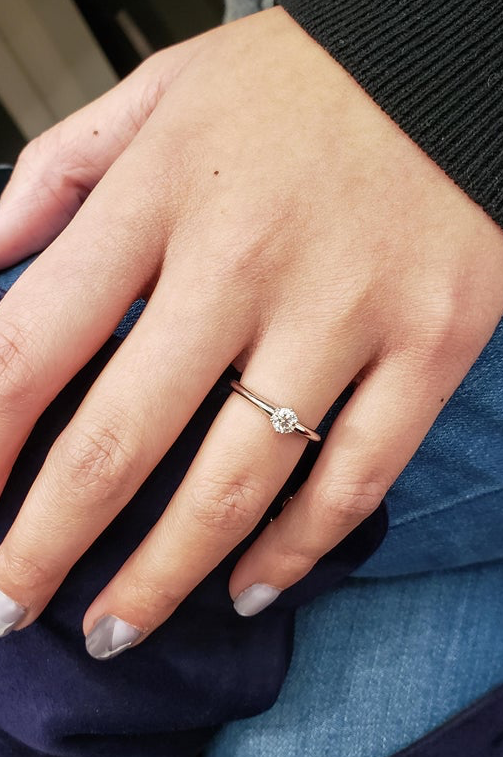 0.30 Carat
0.30 Carat
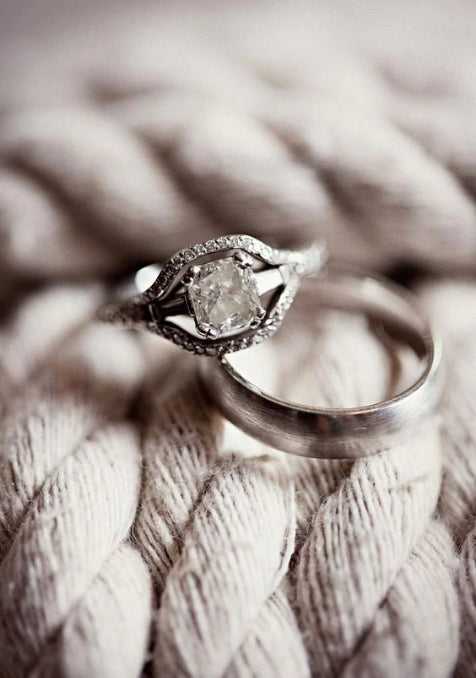 0.50 Carat
0.50 Carat
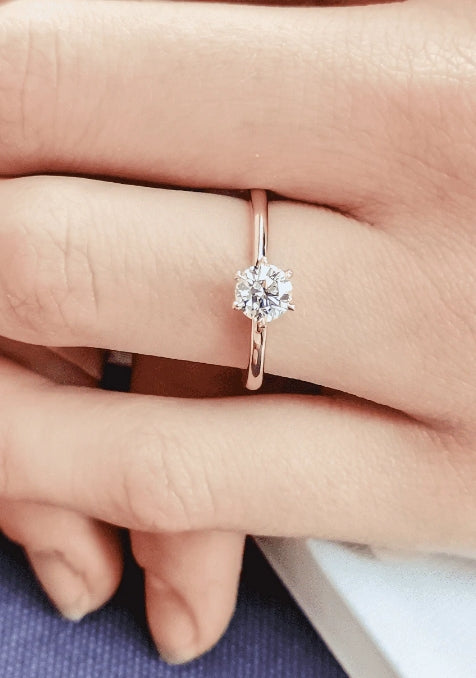 0.70 Carat
0.70 Carat
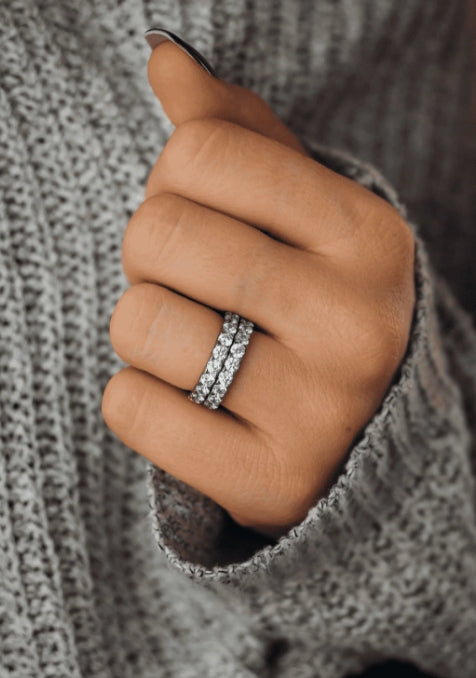 0.90 Carat
0.90 Carat
 1 Carat
1 Carat
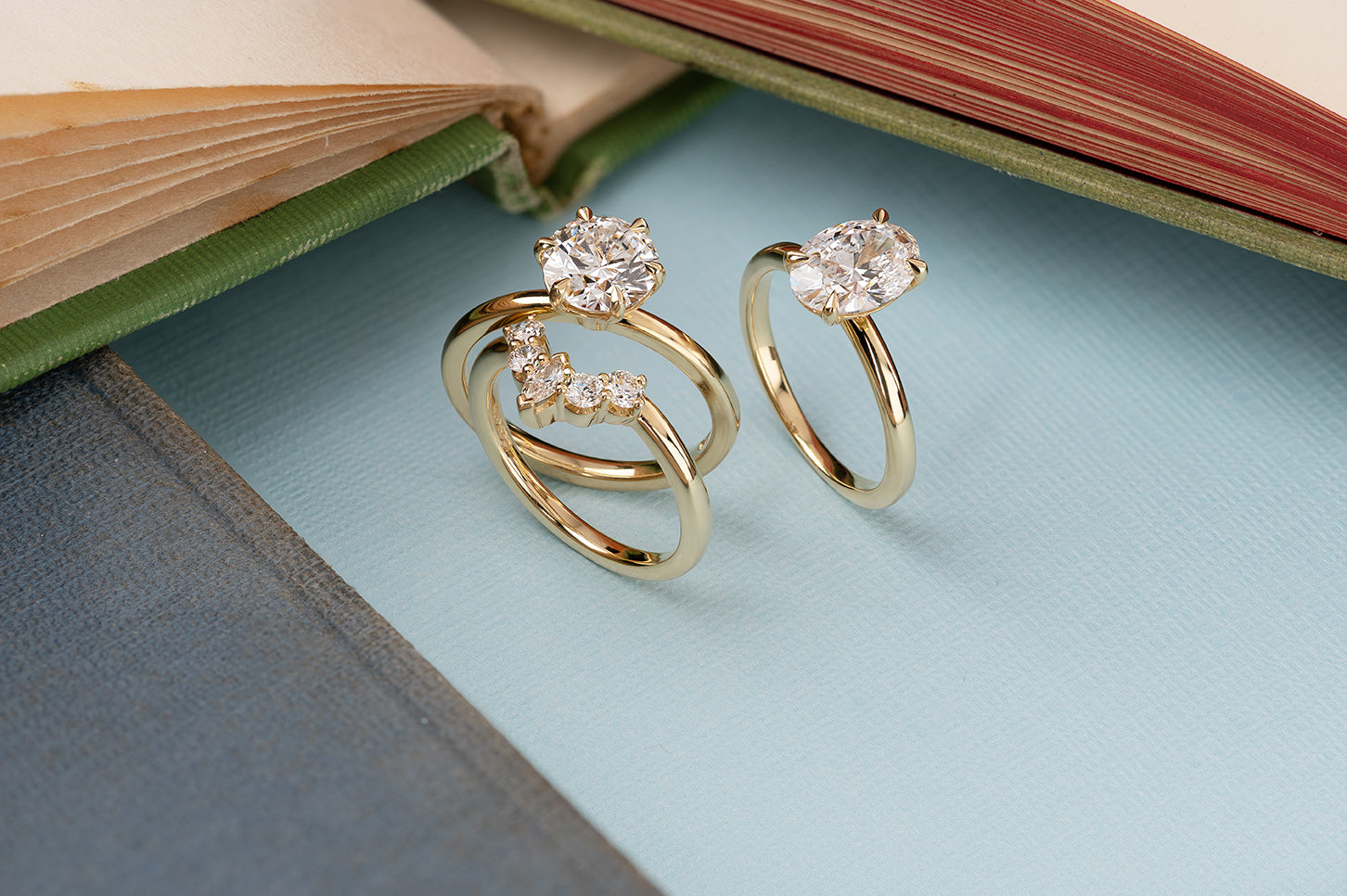 1.50 Carat
1.50 Carat
Speak to
us today
Now you've mapped out your perfect diamond, it's time to talk about how we're going to make it a reality. Talk to the team today
Book an appointment“ I had gone to a few different places in the Jewellery Quarter and was starting to get a bit disheartened. This all changed when I stepped into Mitchel & Co!
I was blown away by their service and their stunning jewellery. I am so happy with the service at Mitchel & Co and would 100% recommend this jeweller to anyone."
Visit us in the
Jewellery Quarter
If you're not sure where to start with buying the perfect piece, arrange a talk with one of our consultants, or swing by for a chat!
Book an appointmentBook your
VIP experience
We offer exclusive mid-week VIP experiences which is the perfect way to immerse yourself in our bespoke engagement ring creation process.
Find out more

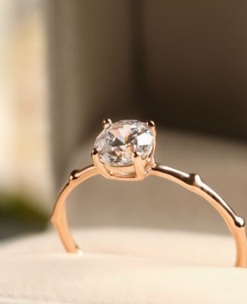

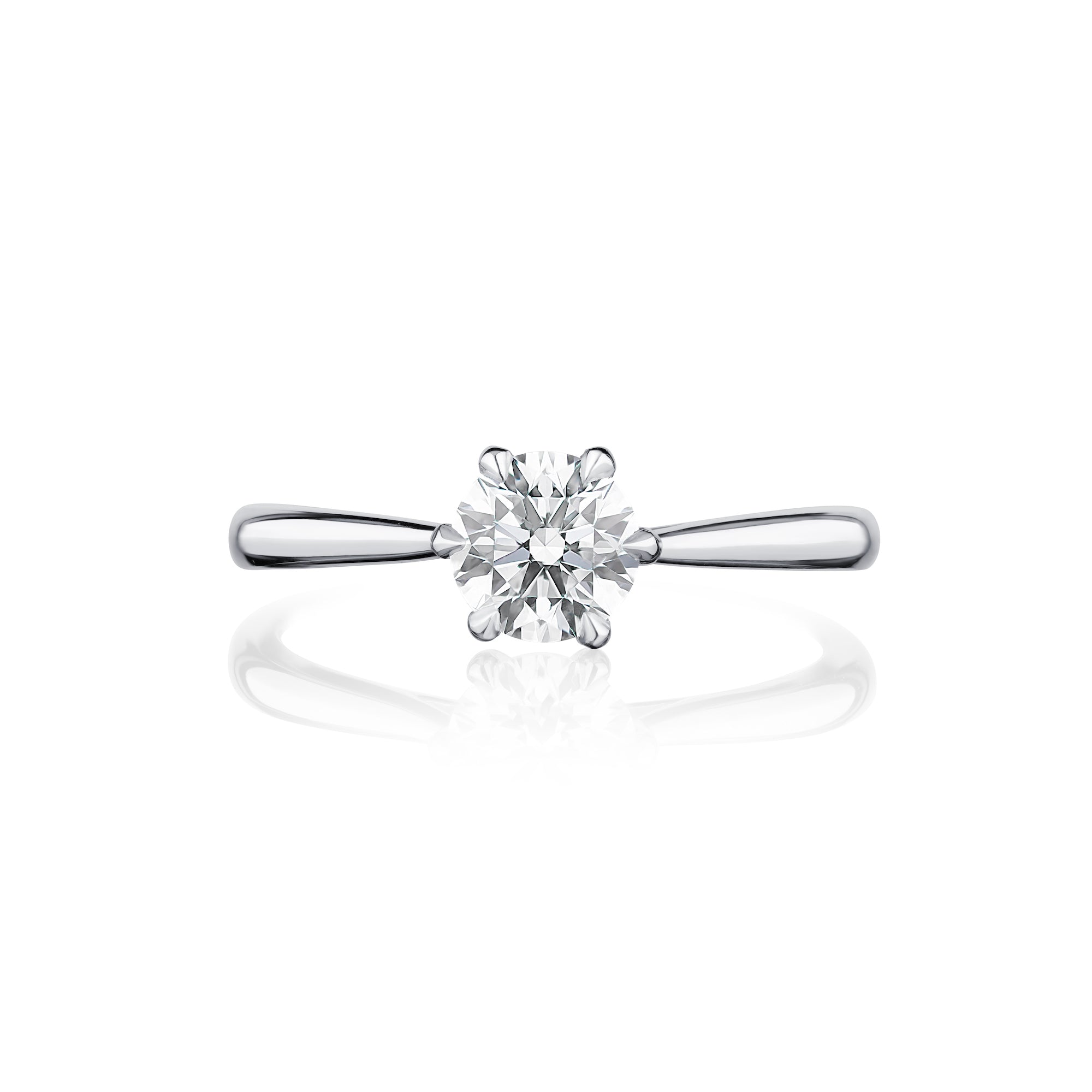

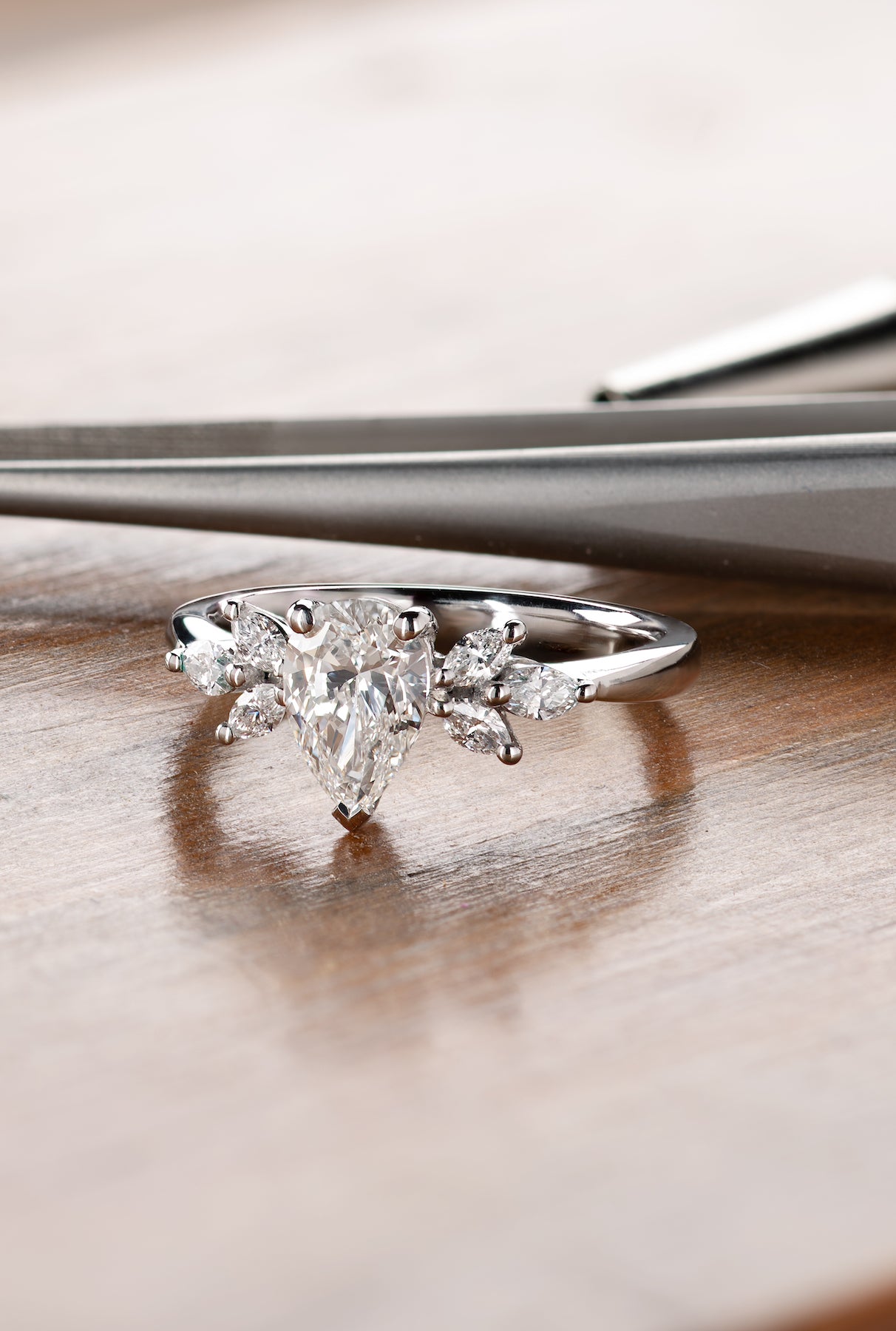

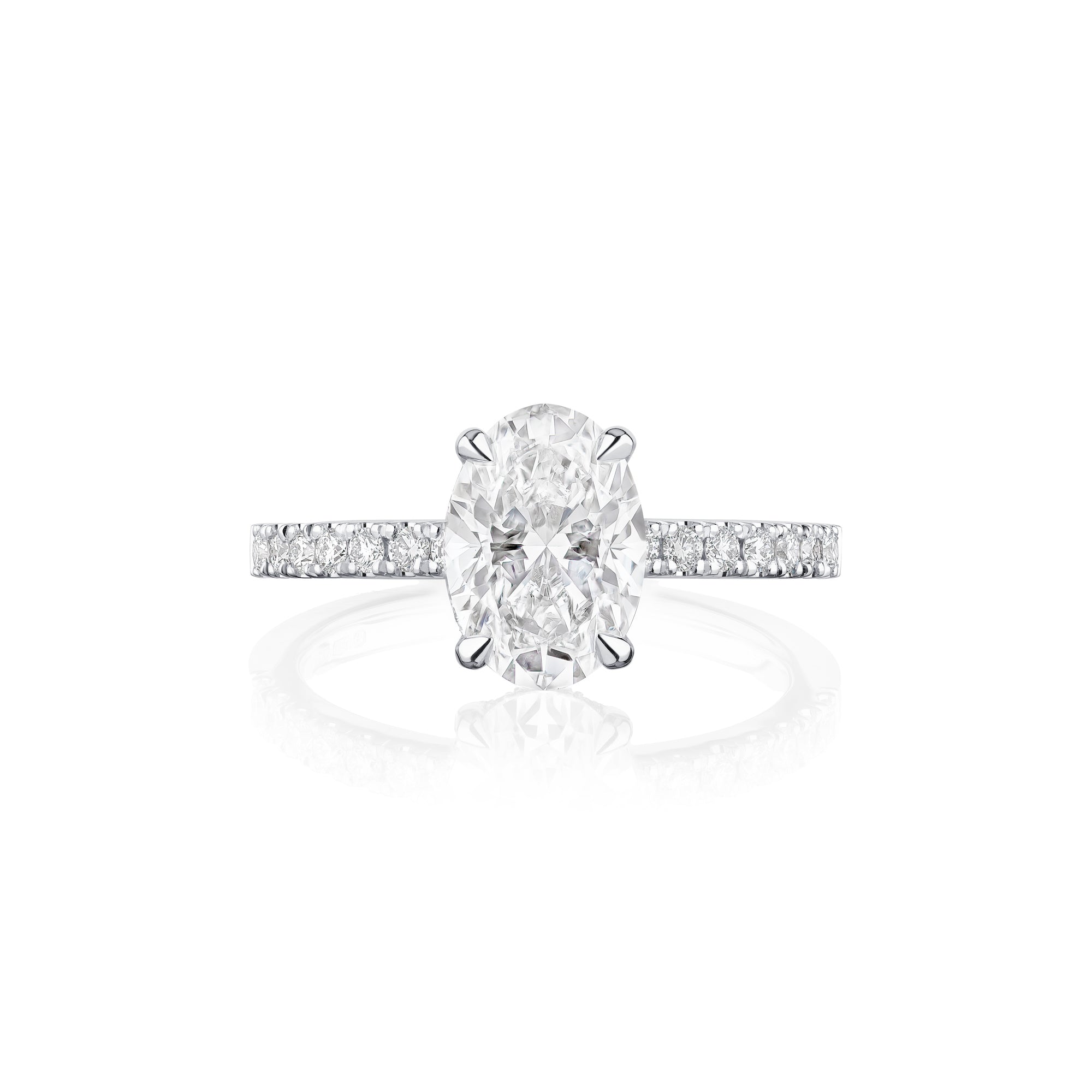

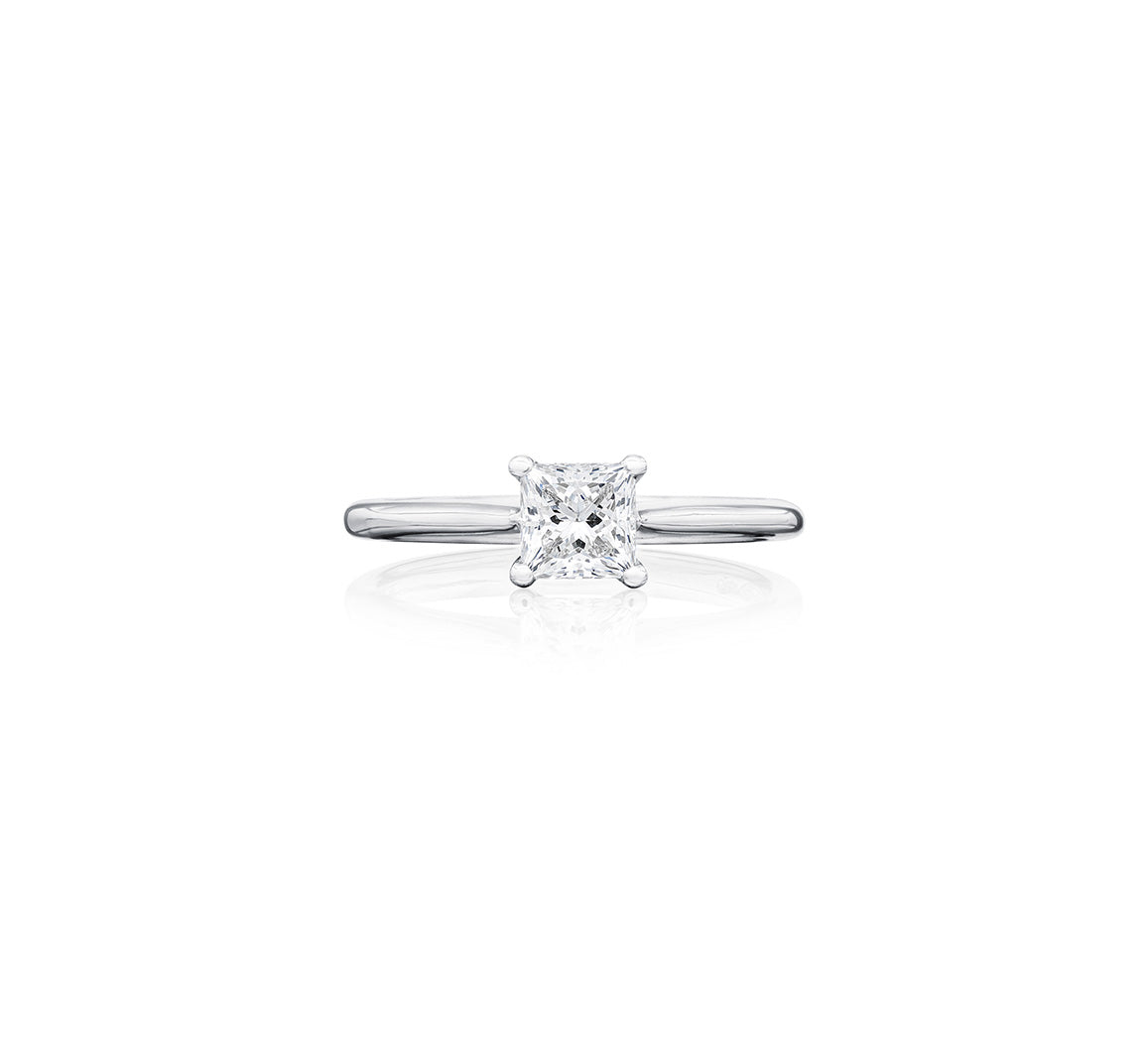



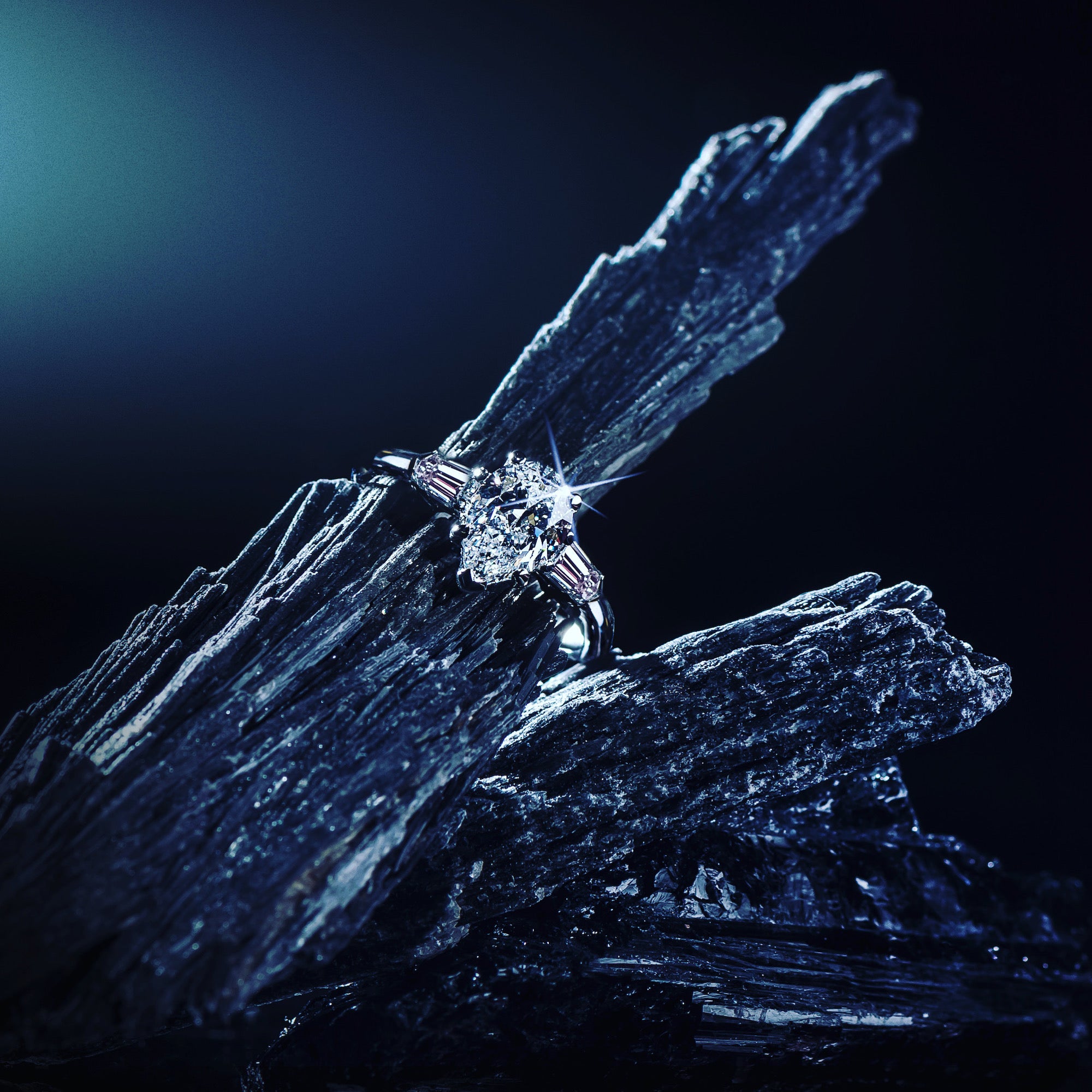

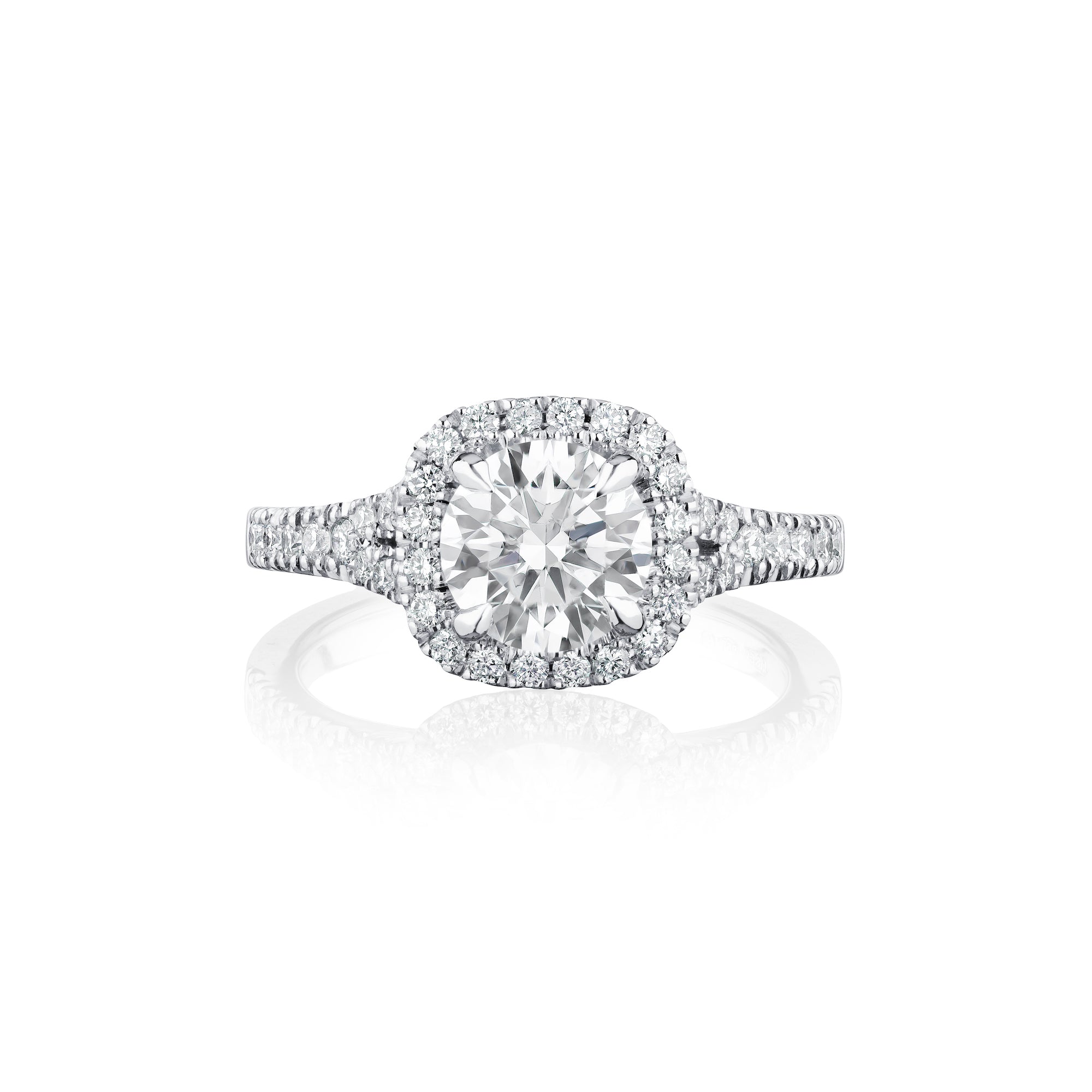
 Get in touch
Get in touch